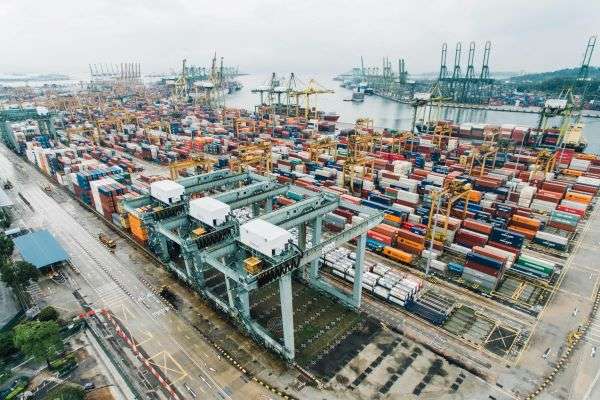Asia’s busiest trade hubs are grappling with ongoing port congestion that could last until August. The world’s most active transhipment center, Singapore, has been dealing with longer-than-usual queues of vessels waiting for berth space for several weeks. This is partly due to ships taking longer routes around Africa to and from Europe to avoid Houthi attacks in the Red Sea. These vessels are stopping at fewer Asian ports and processing more cargo through Singapore.
Diversion Leads to More Congestion
The congestion in Singapore has somewhat eased, but this is primarily because vessels are skipping calls at the port, according to Tan Hua Joo, a container market analyst at Linerlytica. Some of these ships have been diverted to Port Klang and Tanjung Pelepas in Malaysia, shifting part of the congestion to these ports.
A Month More to Resolve
The congestion issues have slightly improved since mid-June, but it will take at least another month to resolve, Tan Hua Joo added. Asia’s ports remain the biggest hotspots for traffic backups. Of the idled container capacity globally waiting to dock, 23% is in Southeast Asia, 20% is in the Middle East, and 11% is in the Indian subcontinent.
Other Ports Struggling
In addition to Singapore, Malaysia’s Port Klang and the Chinese port of Shanghai are struggling to keep up. According to data released by Hapag-Lloyd AG, the world’s fifth-largest container carrier, the wait for berth space in Port Klang has increased to as long as five days, more than double the wait posted on June 12. Shanghai is showing waits of as long as three days, down from four days. Ships attempting to visit Colombo, Sri Lanka, or Dubai are facing delays of up to three days, according to Linerlytica.
Asia’s port congestion remains a significant challenge for key trade hubs in the region. With diversions and shifting traffic patterns, the bottlenecks witnessed in various ports are expected to persist into the coming weeks. Finding solutions to streamline operations and alleviate congestion will be crucial for the efficient movement of goods through these critical maritime gateways.








